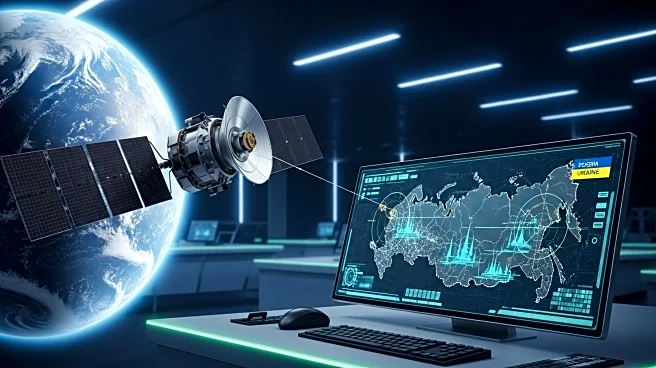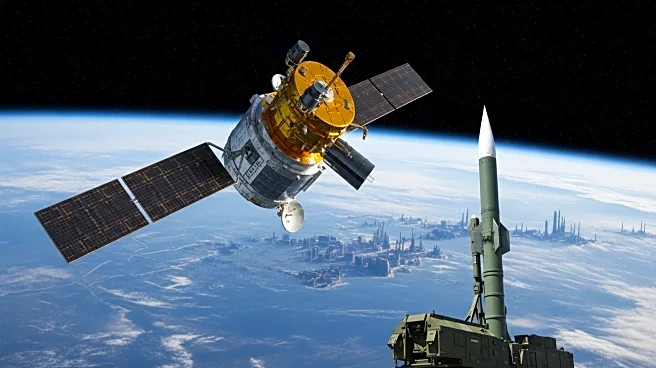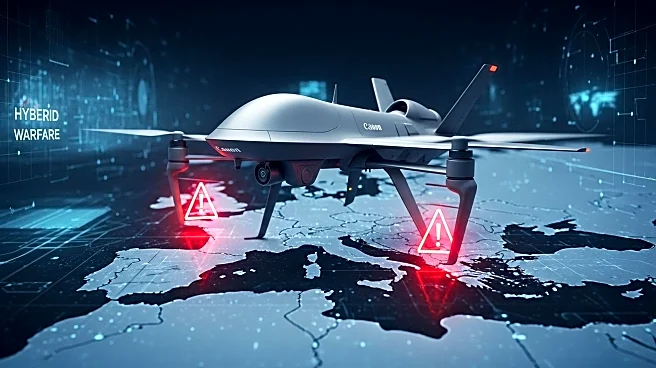What is the story about?
What's Happening?
The United States has decided to provide Ukraine with targeting intelligence to aid in its long-range strikes against Russian energy infrastructure. This move is part of a broader strategy to weaken Russia's resources and revenue from energy exports, which are critical to its military operations in Ukraine. The decision, reportedly signed off by President Trump, marks the first official instance of the U.S. offering such intelligence support to Ukraine. The intelligence will be provided by U.S. intelligence agencies and the Pentagon, with encouragement for NATO allies to follow suit. This development comes amid ongoing discussions about potentially supplying Ukraine with long-range weapons, such as the Tomahawk cruise missile, although no final decision has been made.
Why It's Important?
The provision of U.S. intelligence to Ukraine represents a significant escalation in support, potentially altering the dynamics of the conflict. By targeting Russia's energy infrastructure, Ukraine could significantly disrupt Russian military capabilities and economic stability. This move also signals a shift in U.S. policy under President Trump, who initially sought to broker a ceasefire with Russia. The intelligence support could enhance Ukraine's ability to conduct more effective strikes, thereby increasing pressure on Russia to negotiate. However, the potential supply of long-range weapons like the Tomahawk could provoke a strong reaction from Russia, raising the stakes in the conflict.
What's Next?
The next steps involve further discussions on the potential transfer of long-range weapons to Ukraine. The U.S. administration is also working on a new agreement with Ukraine regarding the sharing of drone technology. Meanwhile, the Trump administration's decision to provide intelligence support may lead to increased diplomatic tensions with Russia. The situation remains fluid, with potential implications for U.S.-Russia relations and the broader geopolitical landscape.
AI Generated Content
Do you find this article useful?















